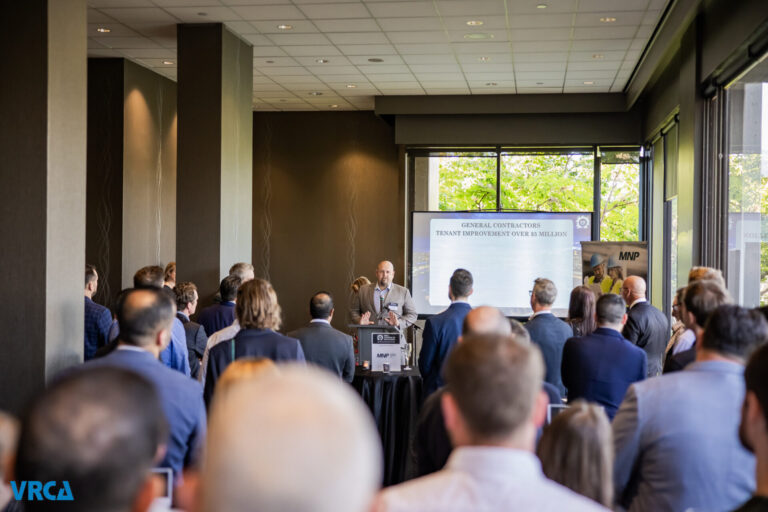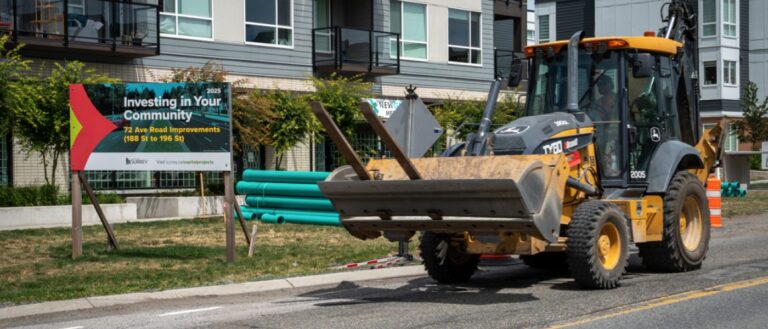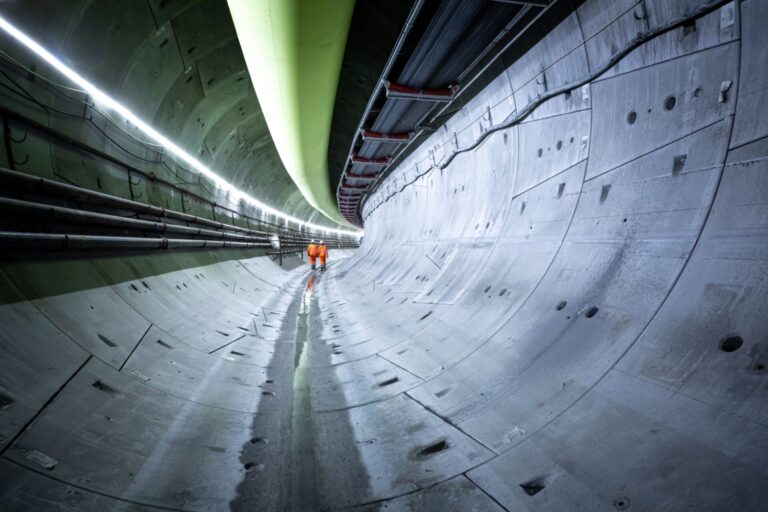The Government of Canada has announced an investment of $25,000 for a project at Université du Québec à Rimouski called “Application of new technologies to improve energy efficiency of rail transport”. The funding comes from the Round 5 of the Clean Rail Academic Grant Program.
The program provides funding to support academic research programs that are developing technologies and practices to reduce air emissions from the rail sector.
The project will study new emission-reducing technologies for the rail sector, including a variable-speed electrical generator and a unique heat storage system. These technologies could help reduce fuel consumption by up to 10 per cent in select rail applications.
In total, 10 university research projects received an investment of $25,000 each. The universities, and the associated projects, are (in no particular order):
- University of Alberta
- A genetic algorithm approach towards optimizing container placement in intermodal trains for reduced aerodynamic drag.
- University of British Columbia
- Hardware-in-the-loop simulation of hybrid hydrogen fuel cell/battery powertrains under real railway duty cycles.
- University of Windsor
- Hydrogen enabled low-emissions and fuel efficient diesel engine combustion technology for clean locomotives.
- University of Waterloo
- Hydrogen hybrid locomotive and refueling design for Ontario.
- University of Toronto
- Hydrail for Clean Rail Transport.
- University of Ontario Institute of Technology
- Feasibility studies on novel combined gas turbine and fuel cell systems for clean rail applications.
- University of Ontario Institute of Technology
- Active levitation and propulsion system for hyperloop transport.
- Carleton University
- Long-term durability and damage tolerance of lightweight materials for Canadian freight railcar applications.
- Carleton University
- Multidisciplinary framework for the design optimization of eco-efficient freight railcars.
- Université du Québec à Rimouski
- Application of new technologies to improve energy efficiency of rail transport.











